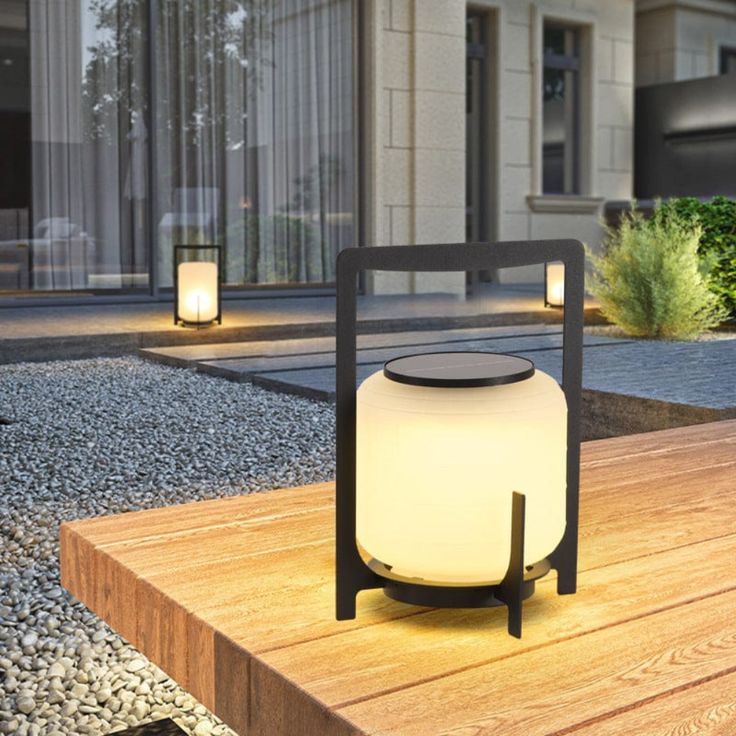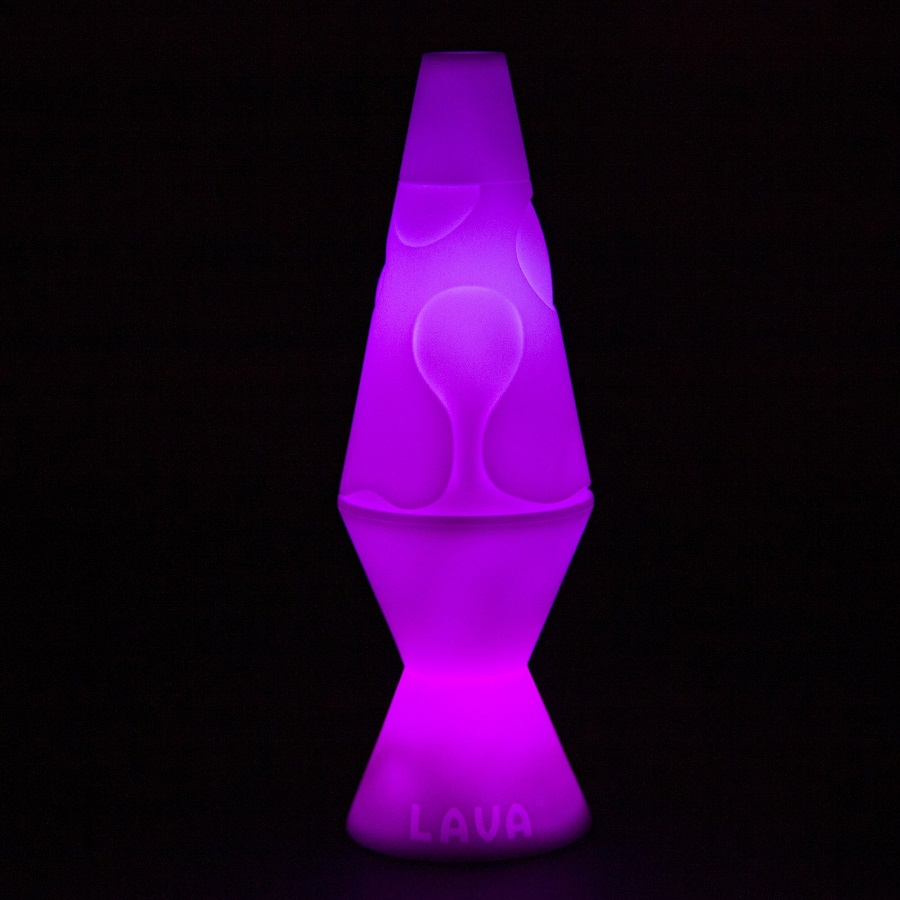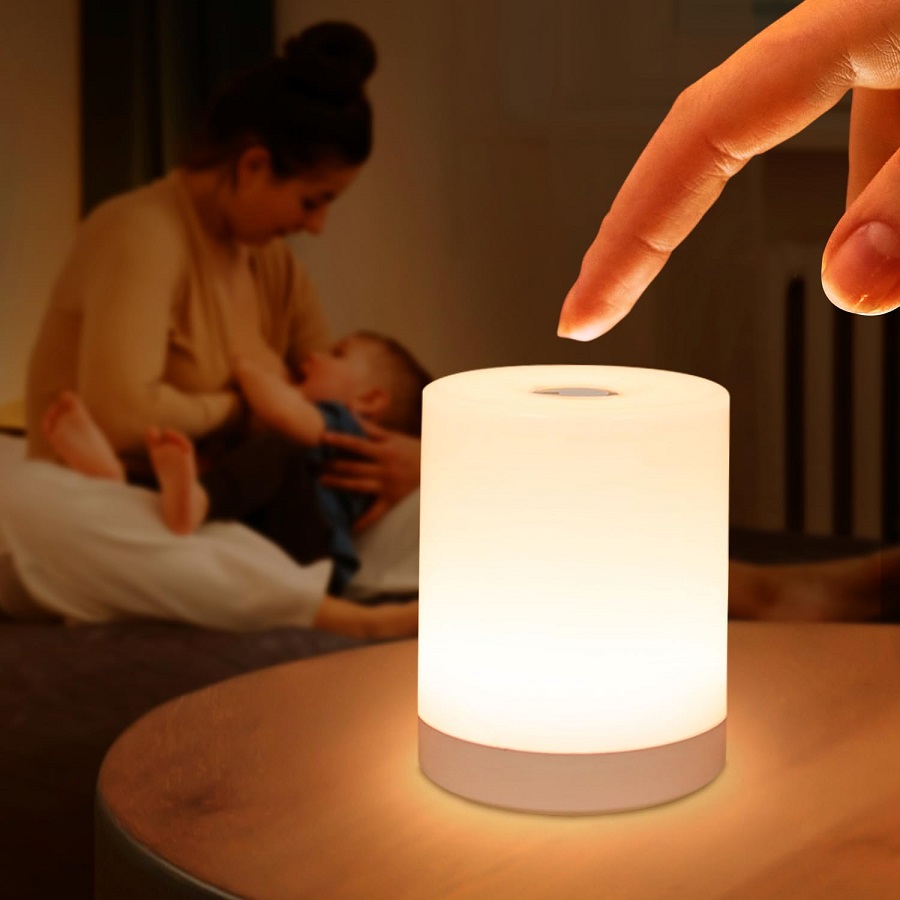 Introduction:
Introduction:
LED Lights have become a popular lighting choice due to their energy efficiency and longevity. However, like any electrical device, they can encounter issues that prevent them from working properly. One common problem is when an LED light is not working despite having power. In this comprehensive article, we will explore the troubleshooting steps and potential solutions to address this issue. From checking connections to examining the LED driver, you’ll gain valuable insights into how to fix LED lights and ensure they illuminate your space efficiently.
 Here are some common color options for LED lights:
Here are some common color options for LED lights:
LED lights are available in a variety of colors, providing a versatile lighting solution for different needs and settings. Here are some common color options for LED lights:
Warm White:
Warm white LEDs emit a soft, yellowish light that closely resembles traditional incandescent lighting. They create a cozy and relaxing ambiance, making them suitable for residential spaces, bedrooms, and living areas.
Cool White:
Cool white LEDs produce a brighter, whiter light with a slight bluish hue. They offer a crisp and vibrant illumination, often used in commercial and task lighting applications, such as offices, kitchens, and garages.
Daylight:
Daylight LEDs mimic the natural daylight color spectrum, providing a bright white light similar to midday sunlight. They offer excellent color rendering and are commonly used in spaces that require accurate color representation, such as art studios, retail stores, and healthcare facilities.
RGB (Red, Green, Blue):
RGB LEDs allow for a wide range of color options by combining red, green, and blue light sources. These LEDs can create numerous color variations and offer flexibility in changing colors and creating dynamic lighting effects, commonly used for decorative purposes, mood lighting, or entertainment setups.
Tunable White:
Tunable white LEDs enable adjustable color temperature, allowing you to change the warmth or coolness of the light. These LEDs provide the flexibility to adjust the lighting according to different activities, moods, or time of day.
Specialty Colors:
LED lights are also available in specialty colors for specific applications or design purposes. This may include colors like blue, green, red, amber, pink, or purple. Specialty colors are commonly used for decorative lighting, accent lighting, holiday decorations, or themed events.
LED technology offers a wide range of color choices to suit various lighting requirements and preferences. Each color variation provides a unique atmosphere and aesthetic appeal, allowing individuals to customize and enhance their lighting design for specific needs and settings.
 Checking Connections and Power Supply
Checking Connections and Power Supply
Secure Connections:
Ensure that the LED bulb or fixture is securely connected to the power supply.
Loose or faulty connections can prevent the LED light from receiving the necessary power.
Power Source Verification:
Check if the power supply is functioning properly by testing other devices or lights on the same circuit.
If other devices work, it indicates that the power supply is not the issue, and the problem lies within the LED light itself.
Examining the LED Driver
Defective LED Driver:
LED lights require an LED driver to regulate the power and voltage they receive.
If the LED driver is faulty or malfunctioning, it can prevent the LED light from working, even if there is power.
Inspecting for Damage:
Carefully examine the LED driver for any visible signs of damage, such as burnt components or loose connections.
If damage is found, the LED driver may need to be replaced.
Heat Dissipation Issues
Overheating:
Overheating can cause LED lights to malfunction or shut off.
Ensure that the LED light has proper ventilation and is not exposed to excessive heat from surrounding objects or high ambient temperatures.
Thermal Management:
LED lights often come with built-in heat sinks or other thermal management systems.
Make sure these components are clean and free of dust or debris, as blockages can lead to heat buildup and affect the performance of the LED light.
 Testing Individual Components
Testing Individual Components
LED Bulb Replacement:
If the LED light still does not work, try replacing the LED bulb with a new one.
This helps determine whether the issue lies with the bulb itself or with other components.
Dimmer Compatibility:
If the LED light is connected to a dimmer switch, ensure that the LED and the dimmer are compatible.
Some LED lights are not designed to work with certain types of dimmers, resulting in improper functioning.
Seeking Professional Assistance
Electrical Expertise:
If the troubleshooting steps do not resolve the issue, it may be necessary to consult an electrician or lighting professional.
They can assess the wiring, connections, and components to identify and fix any underlying problems with the LED light.
Here are some tips for maintaining and preserving LED lights:
Proper maintenance and care can help extend the lifespan and optimum performance of LED lights. Here are some tips for maintaining and preserving LED lights:
Dusting:
Regularly dust the LED lights and fixtures to remove any accumulated dust or dirt. Use a soft, dry cloth or a feather duster to gently wipe the surface. Ensure the lights are turned off and completely cooled down before cleaning.
Avoid Harsh Cleaning Agents:
Avoid using abrasive cleaning agents, solvents, or chemicals that may damage the LED lights. Instead, use mild soapy water or a designated LED cleaner if necessary. Apply the solution to a soft cloth and gently wipe the lights.
Check for Loose Connections:
Periodically check the connections and wiring of the LED lights to ensure they are secure and free from corrosion. Loose connections or damaged wires can lead to flickering or dimming lights. If any issues are found, consult a professional for repairs.
Avoid Overloading:
Be mindful of the load capacity or wattage recommendations for your LED lights. Overloading the circuit or installing bulbs with higher wattage than recommended can lead to overheating and reduce the lifespan of the LEDs.
Maintain Proper Ventilation:
Ensure that LED lights have proper ventilation around them. Allow sufficient space for airflow, especially for recessed or enclosed fixtures, to prevent overheating and prolong the lifespan of the LEDs.
Protect from Moisture:
Protect LED lights from excessive moisture or water exposure. Ensure outdoor or damp location-rated LED lights are appropriately sealed and installed to prevent water damage. Replace any damaged or cracked lens covers or gaskets promptly.
Regular Inspections:
Regularly inspect LED lights for any signs of damage, such as flickering, dimming, or discoloration. If there are any issues or malfunctions, have them inspected and repaired by a qualified electrician or lighting professional.
Power Cycling:
Occasionally power cycle LED lights by turning them off and leaving them off for a few minutes before turning them back on. This can help reset the internal components and promote optimal performance.
By following these maintenance tips, you can ensure the longevity, efficiency, and optimal functionality of your LED lights. Always refer to the manufacturer’s instructions and guidelines specific to your LED lighting fixtures for proper care and maintenance.
 Conclusion of led light not working but has power:
Conclusion of led light not working but has power:
Dealing with an LED light that is not working despite having power can be frustrating. By following the troubleshooting steps outlined in this article, you can identify and resolve the issue effectively. From checking connections and power supplies to examining the LED driver and addressing heat dissipation problems, understanding the potential causes and solutions allows you to fix LED lights and restore their proper functionality. If all else fails, seeking professional assistance ensures that the problem is thoroughly inspected and repaired, ensuring your LED lights illuminate your space efficiently and offer the energy-saving benefits they are known for.



